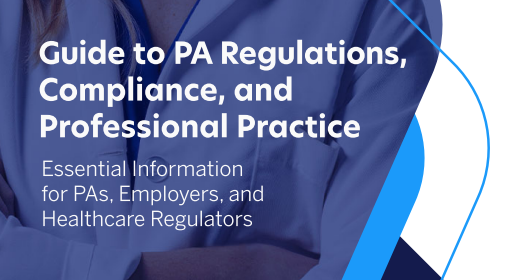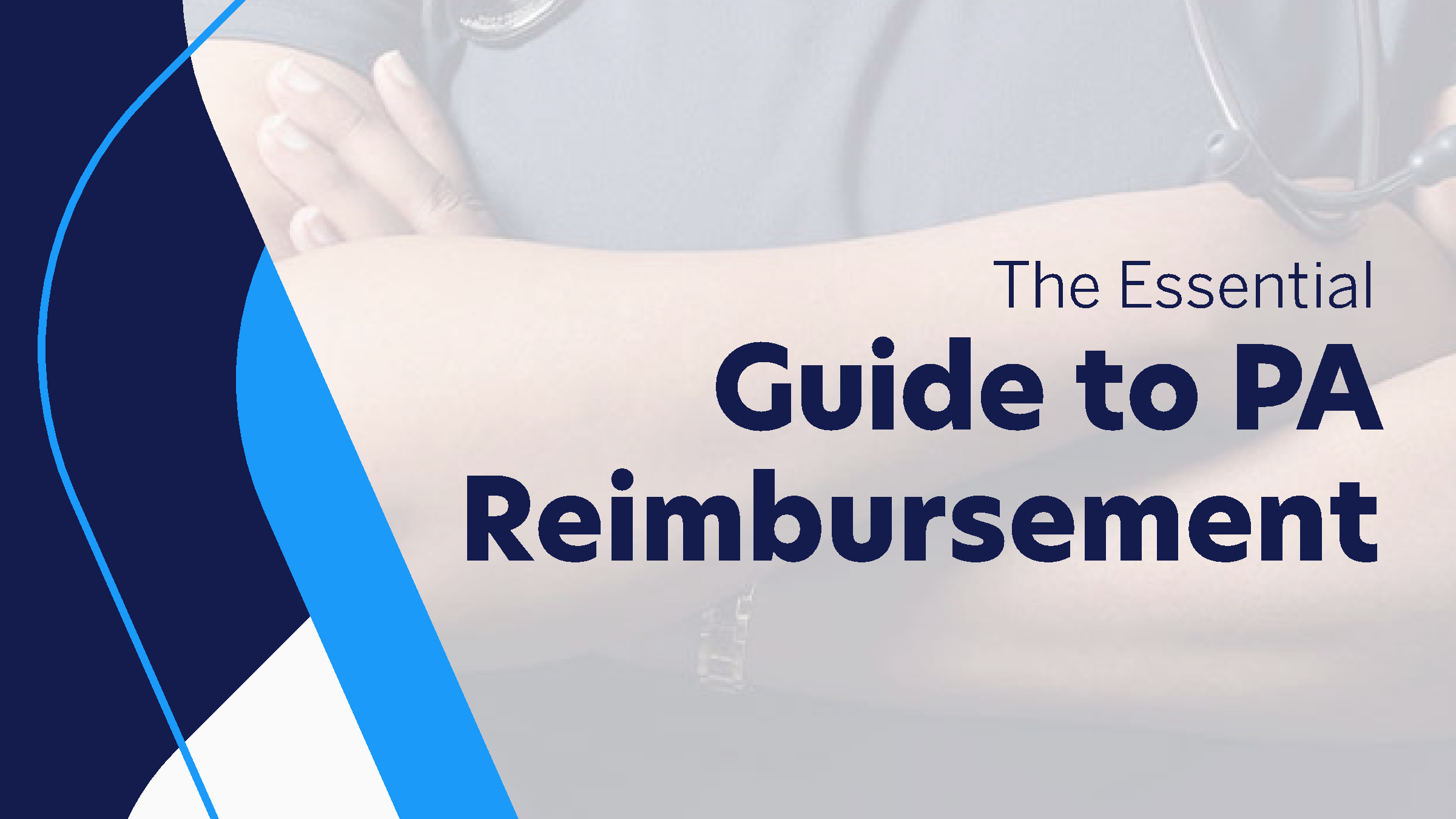Reimbursement
Reimbursement Alerts:
On February 21, Change Healthcare, the largest medical billing and insurance claims processing company in the country, experienced a cyber security attack that led to the company halting the processing of many healthcare transactions. Large numbers of health professionals, medical practices and hospitals have not had claims paid since the breach. Here’s what PAs need to know.
CMS Announces New Primary Care Payment Model
The Centers for Medicare and Medicaid Services (CMS) announced a new voluntary primary care payment model for Accountable Care Organizations (ACO) participating in the Shared Savings Program. The ACO Primary Care Flex Model provides a one-time Advanced Shared Savings Payment and monthly prospective, population-based payments. CMS will use the model to see if better payment for primary care allows ACOs to implement more innovative, person-centered care to improve access, reduce disparities, and lower costs while enhancing quality. A Fact Sheet and additional information are available.
AAPA works with all public and commercial third-party payers to ensure coverage for the medical and surgical services delivered by PAs. A thorough understanding of PA payment policies is essential for demonstrating PA value, maximizing the collection of appropriate reimbursement and avoiding concerns about fraud and abuse.
Also see the Payer Reimbursement Policies for PAs and a Primer on PA Reimbursement.

Medicare
Follow these Medicare policies and regulations to maximize revenue and avoid allegations of fraud and abuse.
Medicaid
What is Medicaid and how does it cover PA services?
Commercial Payers
Commercial payer policies are often different from Medicare’s. Get information on their requirements for PAs.
Workers’ Compensation
Learn how PAs are covered under workers’ compensation claims and at what reimbursement rate.
Resources
Transparency
Learn about the importance of transparency for the medical and surgical services PAs deliver.
PA Productivity
Measuring PA productivity is important to move the profession forward. Learn about ways to measure PA value and calculate your contribution to care.
PA Practice Resources
Explore resources and tools for PAs about PA practice, competencies, and compliance.
Reimbursement Briefs
AAPA Reimbursement Briefs cover a wide range of reimbursement topics that are important to PAs and PA practice.
QPP Overview
Find out how the QPP and MACRA programs will affect your Medicare reporting activities and reimbursement.
Communications with Federal Executive Branch
Read the latest communications from AAPA to federal agencies and find out how AAPA works to promote the profession through regulatory advocacy.
EHR Toolkit
Learn about the importance of EHR systems that are designed, selected, and implemented with functionality considerations for PAs and explore resources for PAs, employers, and EHR vendors.
PAs should continue to use “physician assistant” or “PA” as their official legal title in a professional capacity, particularly in clinical settings and with patients. AAPA is transitioning to use “physician associate” when possible and when it does not present a legal or regulatory conflict. For more information, please visit FAQs.

